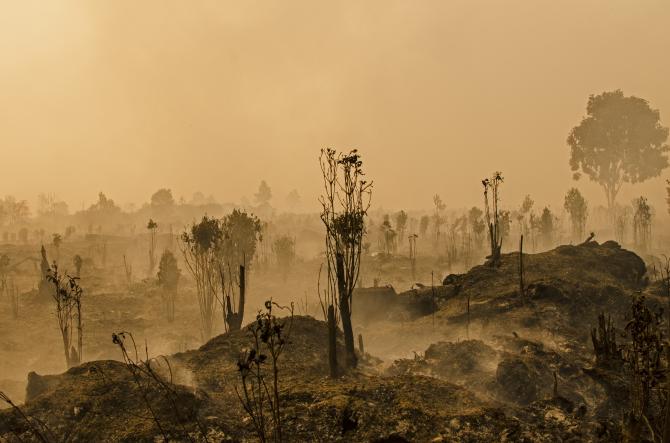
Asia has been a driving force in the global economy for the past three decades. In that time, we have witnessed poverty levels across developing countries in Asia dramatically decline. According to the World Bank, poverty across the region has fallen from 61 percent in 1990 to 7 percent in 2012, with hundreds of millions of people leaving behind the hardship of subsistence living. And according to a recent report in The Economist, a further 225 million Chinese will join the ranks of the region’s expanding middle class by 2020.
The Asian Development Bank further posits that Asia’s middle class has doubled since 1990 to 56 percent of the population today, newly enabled with discretionary purchasing power. In parallel, we have experienced a sea change in global trade dynamics, where Asia is no longer solely the developed world’s factory, but increasingly its consumer, innovator, investor and facilitator. The current geopolitical shifts in Europe and the United States create further room for Asia’s positive economic and political influence to grow. We are very much in the Asian century and the Association of Southeast Asian Nations (Asean) is seizing the opportunities that it brings with both hands.
Asean within Asia’s ascendency
As a subset of Asia, Asean shares the same structural and demographic characteristics evident across the broader continent. Comprising Indonesia, Malaysia, the Philippines, Singapore, Thailand, Brunei, Vietnam, Laos, Myanmar and Cambodia, Asean is home to some of the world’s most active and resource-intensive industries, increasingly placing it at the center of global scrutiny as demands to produce products more sustainably increase, driven by changes in consumer and corporate values, standards and expectations.
In a global context, Asean remains a high-growth region ripe for economic transformation supported by higher-value manufacturing, technology-inspired innovation and market disruption. This transformation is being effected by an increasingly educated and ambitious millennial group that comprises a large part of the region’s growing population. Growth is not a new trend. Despite cyclical dips and upswings, Asean has dramatically outpaced the rest of the world in terms of gross domestic product growth per capita since the late 1970s. Income growth has remained strong since 2000, with average annual real gains of more than 5 percent, according to research by McKinsey & Company. This is set to continue.







 resized.png)
